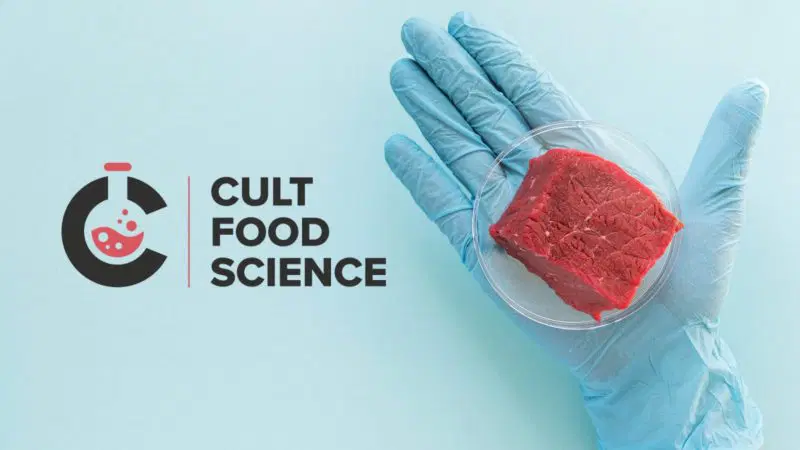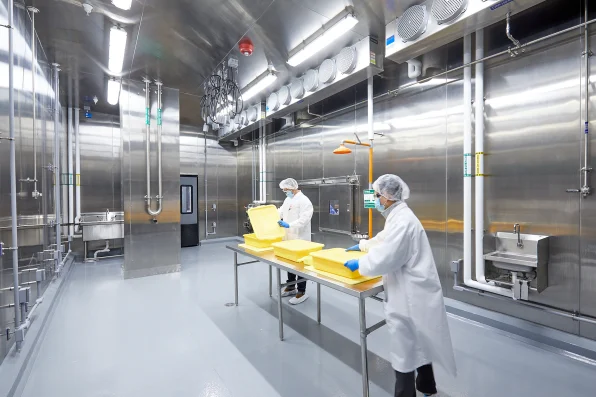Abigail Lee, Keenya Hofmaier, Helena Wright
Food security considerations are shaping the direction of China’s market for protein sources beyond animals
The global food system is increasingly moving towards a sustainable transformation, and China is looking to play a key role. Wide-ranging initiatives in the country have the potential to create new opportunities in agritech, whilst addressing critical issues, such as food security and the sustainability of agriculture.
Examples include, a leading Chinese cellular agriculture start-up, CellX, receiving US$6.5 million in June to launch China’s first cultured meat pilot facility.

In August, Cargill, an agribusiness headquartered in the US, opened a new animal nutrition factory in Nanping, Fujian province, which aims to enhance animal health and food safety by adopting a swine-fever control system and safer production of fermented foods.
And, from 2 November, Beijing will host the World Agri-Food Innovation Conference, which will address themes of food security and future agritech.
Diversifying the food supply chain
China has been one of the biggest net importers of agricultural products since 2004, accounting for about 60% of global soy imports, and leading to concerns by experts about import overreliance. In 2022, President Xi Jinping noted the importance of safeguarding food security to improving self-sufficiency and overall national security. This stance was reflected in the 14th Five-Year Plan (2021-2025) for economic development, which underscores China’s need to continue achieving an annual grain production of more than 650 million tonnes a year alongside rural development plans.
The government’s interest in using technology to mitigate food systems risks was confirmed in specific references to “cell-based meat, synthetic egg cream, functional recombinant protein cultivation” in the 14th Five-Year Plan for agriculture, which outlines measures to promote cell-based meat and other protein sources.

FAIRR, a network of investors focused on the sustainability of food, defines “alternative proteins” as those produced from plants or novel protein sources, rather than animals. These can support a global shift towards the EAT–Lancet Commission’s Planetary Health Diet, which emphasises a “plant-forward” mix where meat and dairy constitute smaller proportions than whole grains, fruits, vegetables, nuts and legumes.
** Click here to read the full-text **











